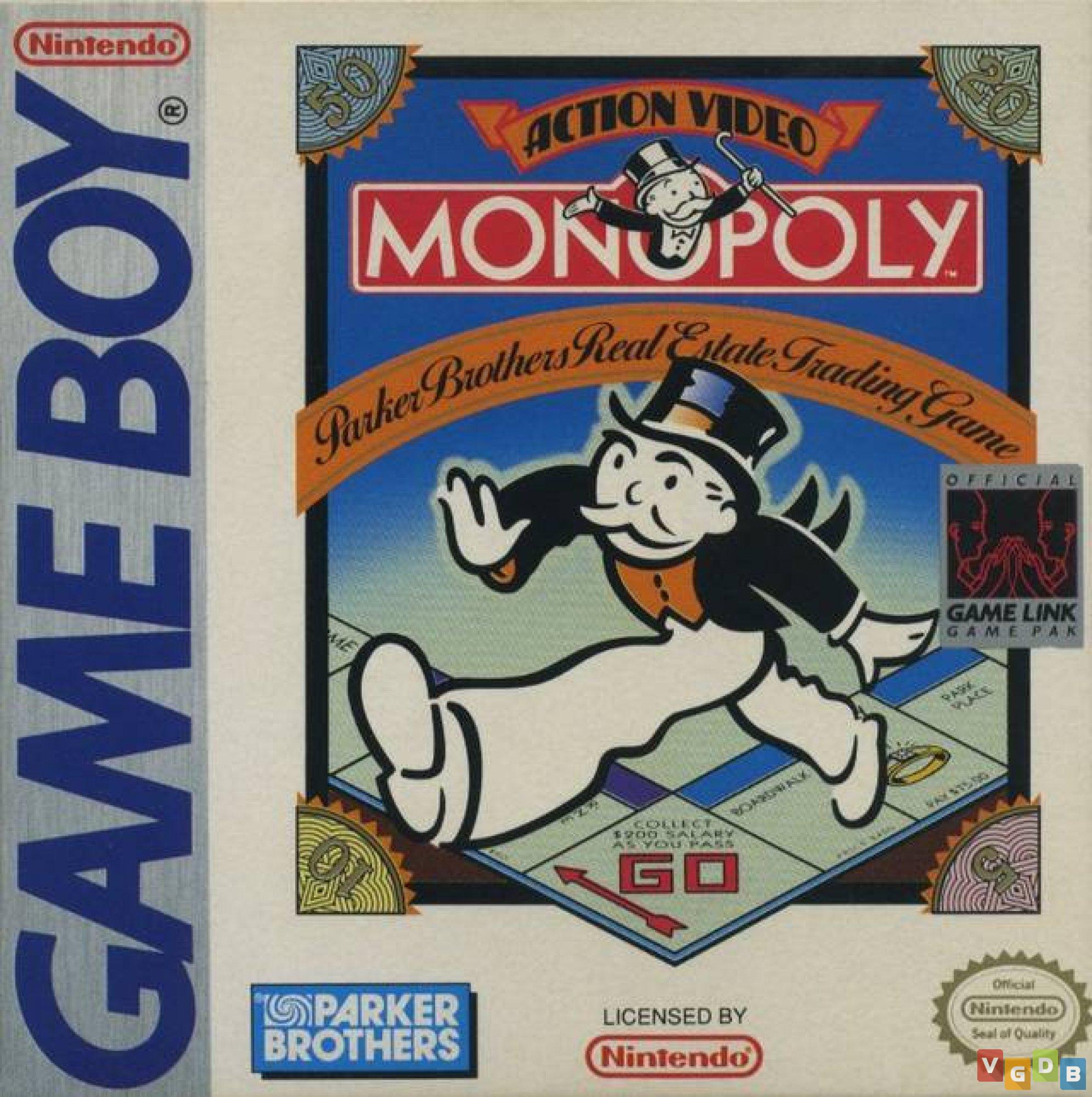


Mail cards have varying content, just like real mail. Each player in turn rolls the die, with the highest roller collecting the "Commission" from the bank. Whenever a "Deal" is purchased, all players have an opportunity to win the "Commission" indicated on the "Deal" card. A "Deal" card has no value if it remains unsold at the end of the game. (One may take out a loan to pay for the deal.) The "Deal" is held until that player lands on a "Buyer" space at any time during the duration of the game. The player has the option of purchasing the "Deal" for the cost indicated immediately or returning the card to the bottom of the deck.

If a player lands on either a "Deal" or "Mail" space, they will then select the appropriate card from the top of the specified deck. The player follows the instructions shown on the calendar space on the game board. Players roll the die and advances their playing piece from 1 to 6 spaces as indicated on the die. The game is played with game board, one die, six playing pieces, play money (denominations of $5, $10, $20, $50, $100, $500), 16 "Deal" cards, 79 "Mail" cards, and a "Savings and Loan Calculator" (or a "Savings and Loan" pad).Įach player starts with $325 (or one $100 bill, two $50's, three $20's, four $10's, and five $5's). A typical game is three or six months (although any number can be played). The game board is in the form of a calendar month, with each day (space) having a different event resulting when a player lands on that space. The length of the game is predetermined by the players. The object of the game is to have the most money at the end of the game.


 0 kommentar(er)
0 kommentar(er)
